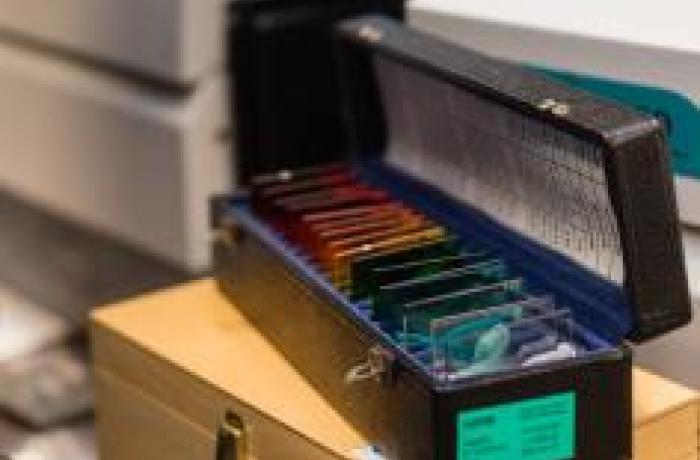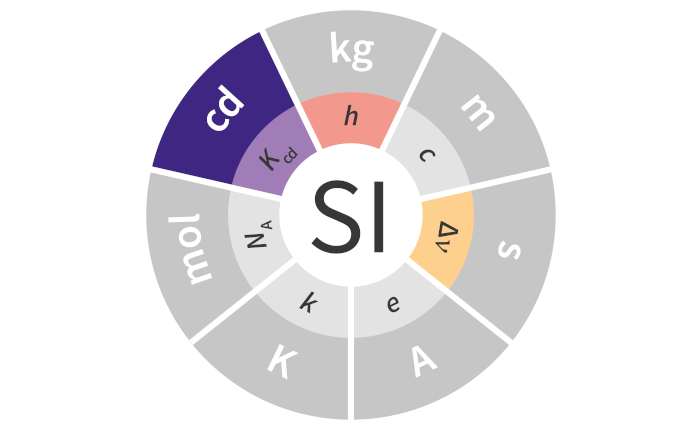
The candela, symbol cd, is the SI unit of luminous intensity in a given direction. It is defined by taking the fixed numerical value of the luminous efficacy of monochromatic radiation of frequency 540 x 1012 Hz, Kcd, to be 683 when expressed in the unit lm W–1, which is equal to cd sr W–1, or cd sr kg–1 m–2 s3, where the kilogram, metre and second are defined in terms of h, c and ΔνCs.
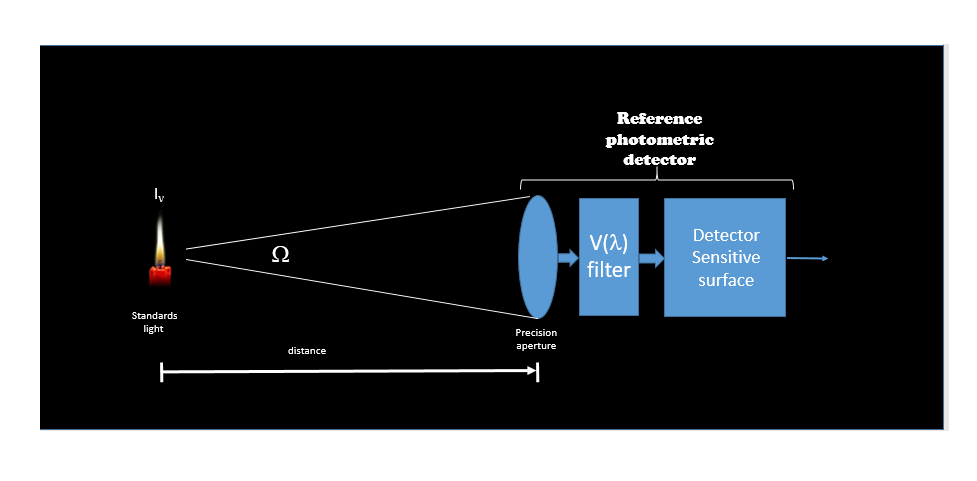
The most common method for realization of photometric units is to measure the luminous intensity In of a standards-quality light source in the desired geometric configuration using a reference photometric detector with a spectral responsivity that matches the desired luminous efficiency function V(λ) and that has been spectrally calibrated for absolute irradiance responsivity traceable to an absolute radiometer and which is equipped with a precise aperture, which has a calibrated area traceable to the SI unit of length.
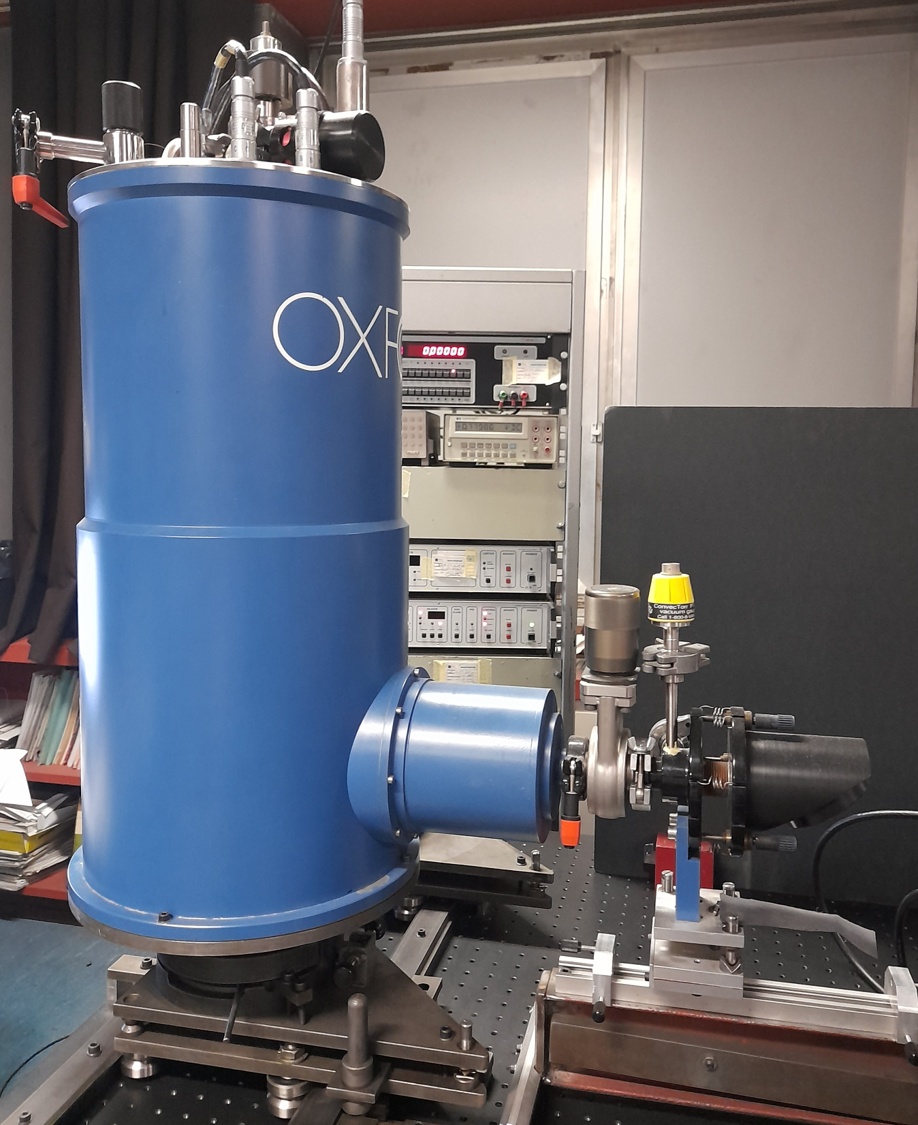
An absolute radiometer is an instrument which can detect and quantify the amount of incident optical radiation, where the means of quantification is by direct reference to another measurable physical phenomenon and that does not require external calibration against another optical power measuring instrument or reference source.
A typical absolute radiometer is the Electrical Substitution Radiometer (ESR) where the heating effect of optical radiation is equated with that resulting from a substituted measured electrical power. This well-established method is now most commonly carried out with instruments cooled to cryogenic temperatures (< ~20 K), where many of the associated sources of uncertainty are significantly reduced; these are called “cryogenic radiometers”.
In practice, the realization of the candela often involves radiometric measurements at a number of wavelengths using laser or monochromator-based light sources. It should also be noted that absolute radiometers typically measure the quantity of absorbed radiant flux, which does not include geometrical aspects of light, which are of prominent importance for photometry.
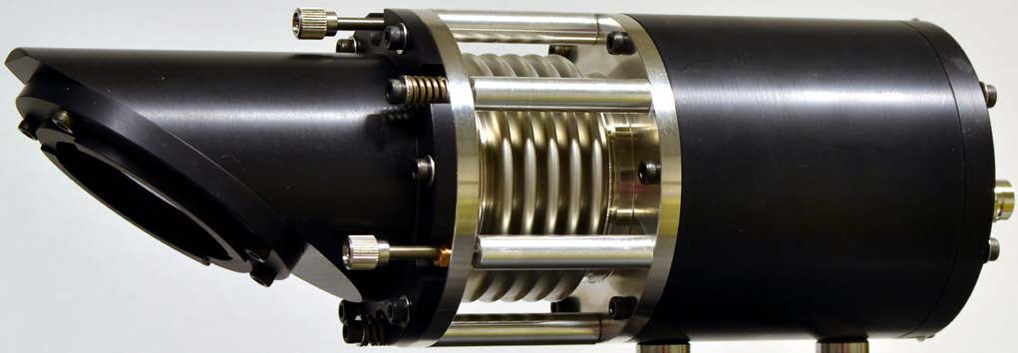
Predictable Quantum Efficient Photodiodes (PQED) are absolute radiometers based on a low loss semi-conductor, generally silicon, and an accurate model of the photon-to-electron conversion and detection within the device, to determine the quantity of incident optical radiation from the measurement of the generated photocurrent. Although initially based on self-calibration of single photodiodes, this approach has gained in significance through the construction of ‘trap detectors’, which increase overall detection efficiency through the creation of light traps from multiple reflections from a number of photodiodes with electrically combined outputs.
